The Gold Coast campus of Griffith University is brimming with life, and not just the ‘student’ variety.
Staff and students present and past will know that sighting flocks of lorikeets, water dragons, and pythons is a fairly regular occurrence.
But the list of animal species – and plants and fungi – has been steadily growing, with more and more sightings of diverse species spotted, taking the number to well over 750, with >450 already verified to research grade.
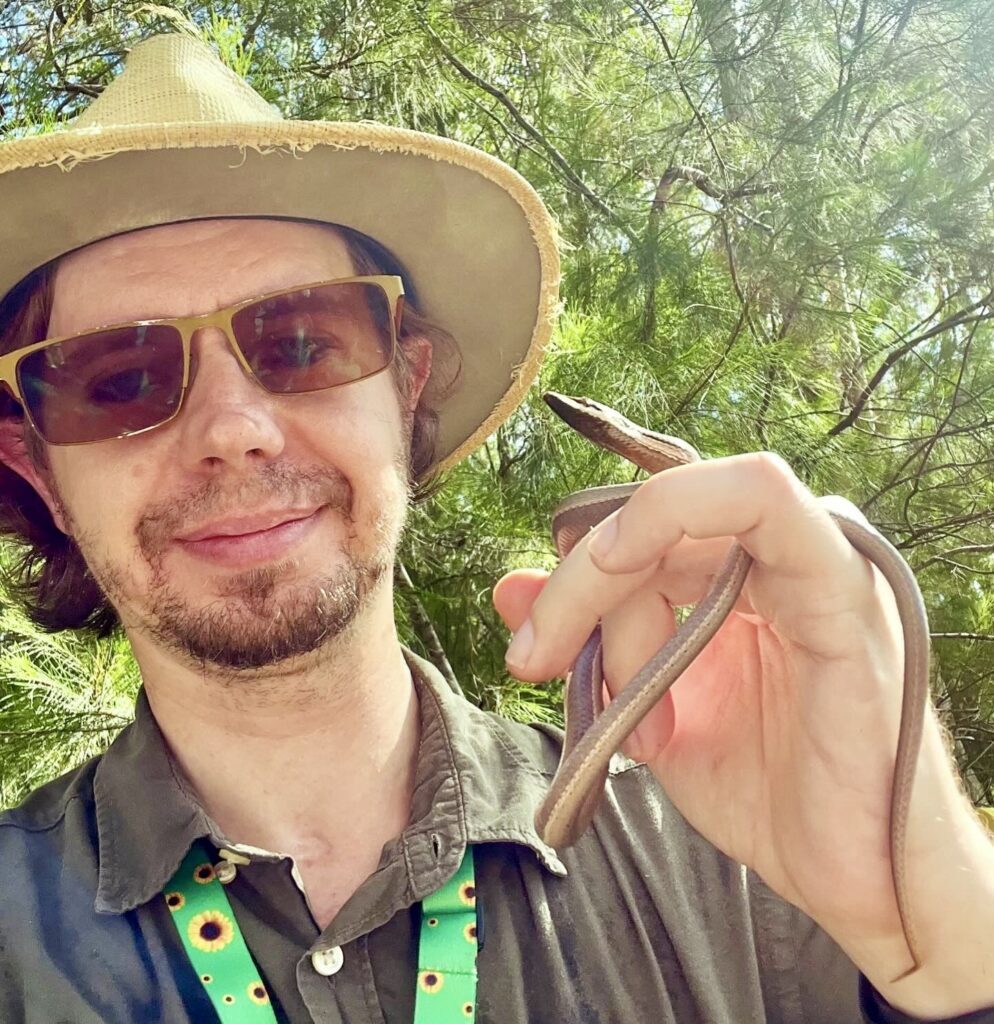
Joel Irwin is a PhD candidate in the School of Environment and Science. An avid wildlife enthusiast, Joel has been recording his sightings and uploading his images to the iNaturalist platform since 2016. In 2021, he commenced his PhD which incorporate iNaturalist data, and he began regularly surveying the campus as a research assistant in 2023.
A wedgetail eagle, variegated fairywren, Burton’s legless lizard, green-thighed tree frog, brown ringlet butterfly, native raspberry, shaggy-cap mushroom and the southern velvet worm are among his recent sightings.
In 2024 alone, Joel’s entire sightings for the Gold Coast Campus consist of >100 species of insects, >80 species of plants, >30 species of birds, >10 species of spiders, >10 species of fungi, six species of lizards, three species of mammals, two species of frogs, a python and the velvet worm.
Now Joel is calling on the Griffith community to get involved and get their sightings uploaded to iNaturalist, too, to not only grow the list of species found on campus but to also support and encourage and appreciation for Griffith’s ‘wilderness in the city’.
“We see a lot of our staff and students share their excitement for spotting a koala or a snake on campus on their social media, which is wonderful to see,” Joel said.
“So that the wider community and even those far away can appreciate just how much biodiversity Griffith’s Gold Coast campus is home to, it would be the icing on the cake to see those sightings uploaded and share via iNaturalist.”
iNaturalist is an online social network of people sharing biodiversity information to help each other learn about nature
It’s also a crowdsourced species identification system and an organism occurrence recording tool. Users can use it to record their own observations, get help with identifications, collaborate with others to collect this kind of information for a common purpose, or access the observational data collected by iNaturalist users.
Joel’s research uses iNaturalist and other citizen science and social media platforms to determine patterns in public encounters with wildlife.
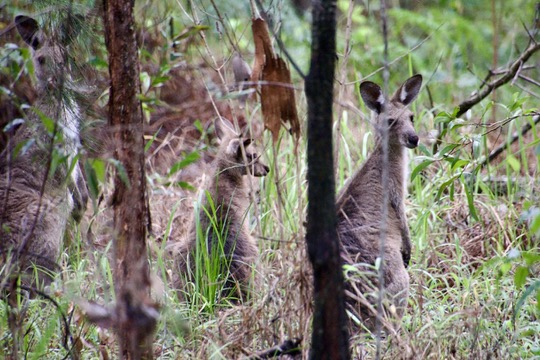
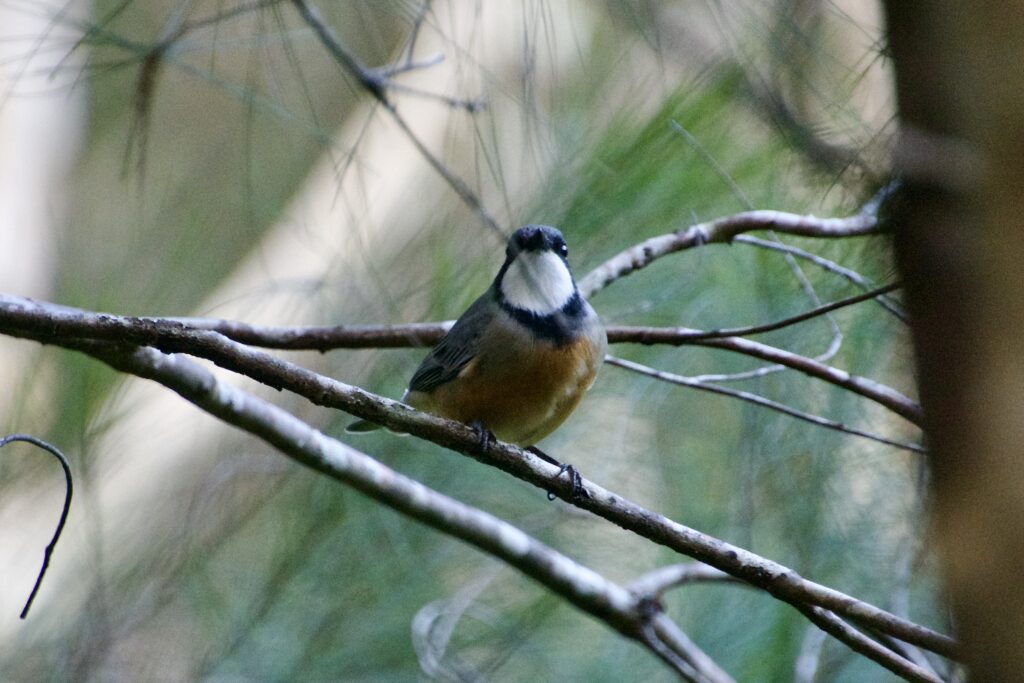
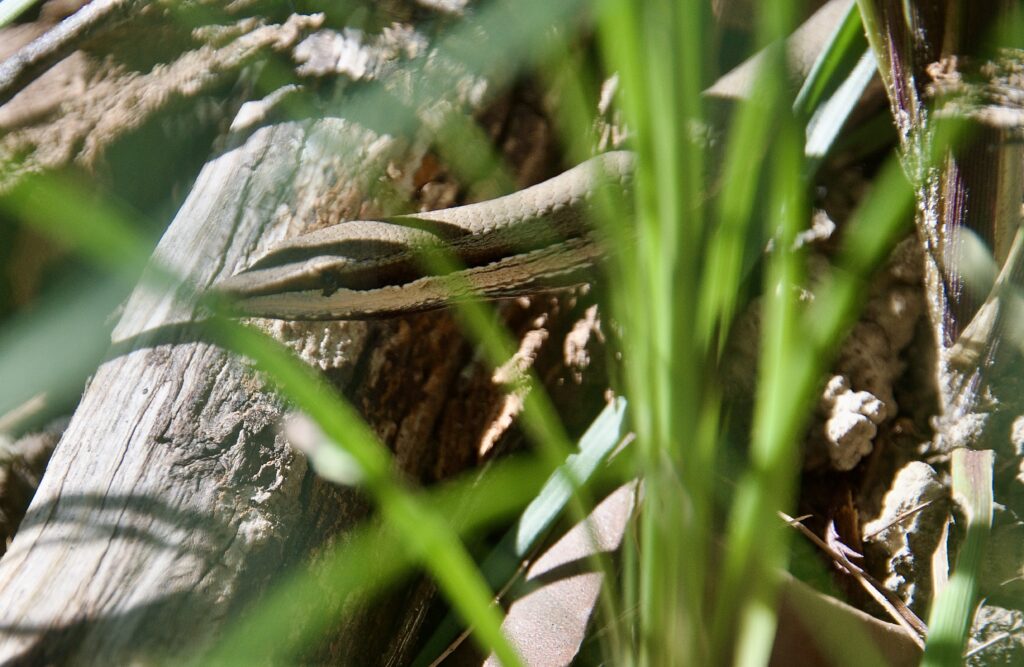

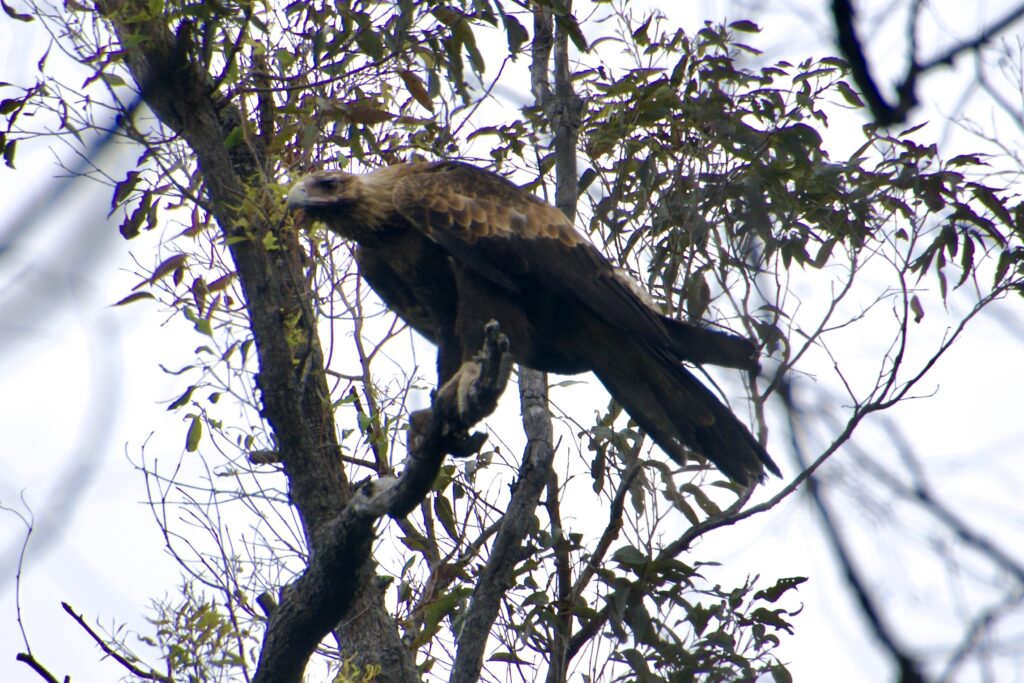
This includes spatial patterns and which species are recorded most often. It also includes investigating reasons for the number of records for species through traits that allow certain species increased visibility or popularity.
Another focus of his research comprises wildlife that is sometimes perceived as dangerous to determine locations that potentially need better management to avoid human-wildlife conflicts.
“The fact that Griffith’s campus is home to such a wide, healthy array of species is worthy of celebration alone; this is a campus that sits nestled within a busy part of the central Gold Coast,” Joel said.
“It’s like an oasis in a CBD, and encouraging greater awareness and appreciation for this via iNaturalist will ensure that the biodiversity is acknowledged and hopefully appreciated.”
Joel Irwin
To learn more about Griffith University’s Gold Coast biodiversity recordings, visit Joel’s iNaturalist GUGC page here.



